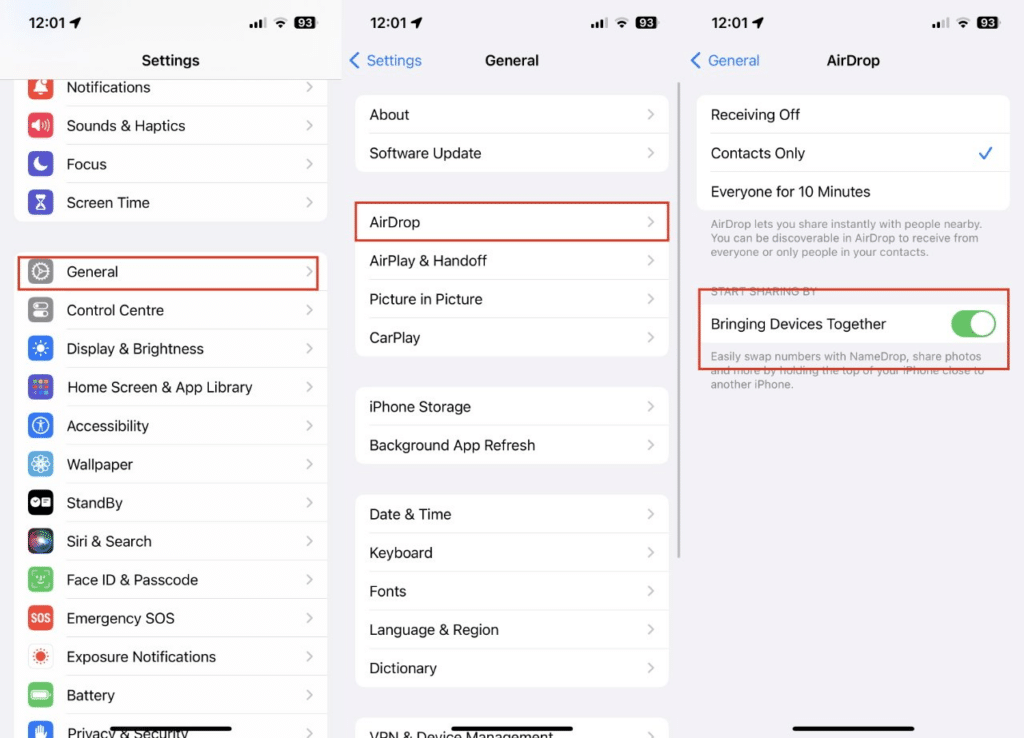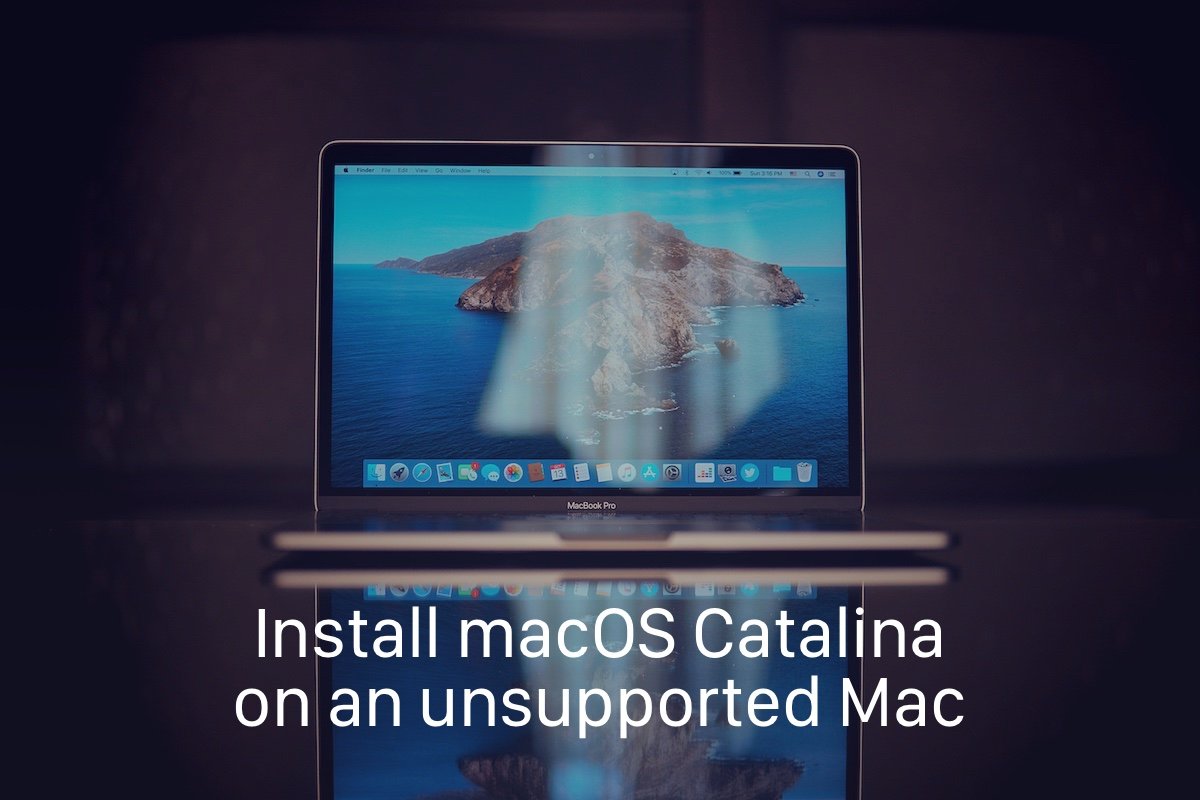Table of Contents
iOS 17 introduces a feature called NameDrop, designed by Apple to simplify sharing contact details between users. However, with the advent of this feature, questions regarding user security and information protection have arisen. Here’s a guide on using and securing NameDrop to prevent any unwanted sharing of your personal details.
Understanding NameDrop’s Functionality
In Apple’s WWDC demo, NameDrop’s process was briefly showcased—two users bring their iPhones close together, initiating a transfer of contact details. This raised concerns that undesired or unnoticed proximity could lead to the involuntary sharing of information. However, Apple ensures user control and voluntary participation in every NameDrop interaction.
How NameDrop Operates
- Initiating Connection: Users need to keep the tops of their iPhones close. The interaction cannot occur if someone discretely positions their iPhone near yours.
- Visual Confirmation: Upon proximity, a glow and ripple effect appears, indicating the initiation of NameDrop. If unwanted, pulling the iPhone away will terminate the connection.
- User Control: NameDrop provides options allowing users to either “Receive Only” or “Share” contact details. Opting out is possible at any stage by simply moving the iPhone away before completion.
- Selective Sharing: NameDrop enables users to decide the type of information they wish to share, which applies only to new contacts.

How to Disable NameDrop
If users prefer not to use NameDrop, turning off the feature is possible.
- Open Settings: Navigate to the Settings app on your iPhone.
- Access General Settings: Select the “General” option.
- Find AirDrop Settings: Scroll down and locate “AirDrop”.
- Disable Merge Devices: Tap to turn off the “Merge Devices” feature to disable NameDrop entirely.
Caution and Preemptive Measures
If you suspect a possible forced or unwanted use of NameDrop, it is advised to disable it beforehand. Disabling it won’t prevent someone knowledgeable about iOS 17 from misusing it or confiscating your iPhone. Still, it can provide security against potential stalkers, usually acquaintances or family members, without access to your data.
Balancing Convenience and Security
Apple’s emphasis on NameDrop’s benefits rather than its potential risks is unsurprising, but users must be aware of the safeguards available. By understanding and utilizing the control features provided by NameDrop, users can enjoy the convenience of quick information sharing while maintaining their security and privacy.





